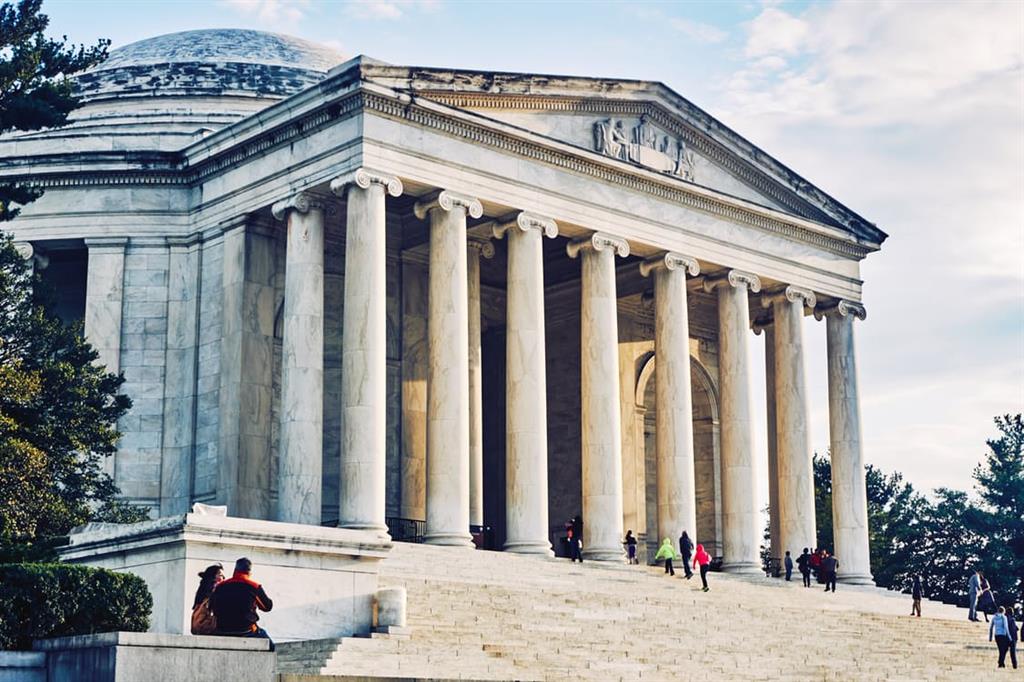Sign up for the Family Tree Newsletter! Plus, you’ll receive our 10 Essential Genealogy Research Forms PDF as a special thank you.
Get Your Free Genealogy Forms
"*" indicates required fields
As you’ve likely figured out, you’ll do most of your research into your European ancestries right here in the United States – but the buck doesn’t necessarily stop with the FHL. Although its collection is unparalleled, the library doesn’t have every genealogical record ever created, so you’ll want to tap other North American repositories with collections covering your family’s heritage. Some, such as the Vesterheim Norwegian-American Museum’s Naeseth Library in Wisconsin <vesterheim.org/genealogy>, specialize in a particular group. Others, including the University of Minnesota’s Immigration History Research Center <ihrc.umn.edu>, cover multiple ethnic backgrounds. Find these groups by surfing the links at Cyndi’s List <cyndislist.com> or running a Google <google.com> search on your ethnicity and genealogy.
You also can turn to genealogical societies focused on your ancestors’ country or culture: Not only might they have relevant records in their libraries, but most also offer newsletters, queries, e-mail lists and other networking tools that could help you connect with a distant relative (here or abroad) who’s already retraced your clan back to their homeland.
After you’ve exhausted stateside sources, you still needn’t book a ticket to the old country – instead, launch a letter-writing campaign. Determine which archives likely hold your ancestors’ records, then compose a query requesting information. Two general rules that will increase your chance of success: Write your letter in the native language (use the FHL’s letter-writing guides <www.familysearch.org/eng/search/rg/research/type/letter-writing_guide.asp> or hire a translator), and include any applicable research and copying fees, as well as enough international reply coupons to cover return postage.
ADVERTISEMENT




